Table 1: Deaths of Children Under 15 Years (England & Wales)
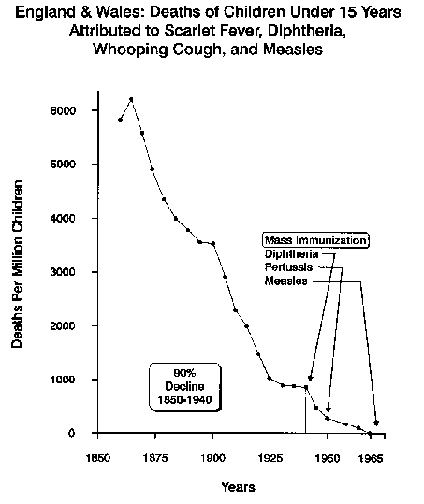
Disease decline before introduction of immunisation
Graph showing disease decline (Australia) before introduction of vaccines
"The decline in infectious diseases in developed countries had nothing to do with vaccinations, but with the decline in poverty and hunger."--Dr Buchwald, M.D.
"Up to 90% of the total decline in the death rate of children between 1860-1965 because of whooping cough, scarlet fever, diptheria, and measles occured before the introduction of immunisations and antibiotics."---Dr Archie Kalokerinos, M.D.
Table 1: Deaths of Children Under 15 Years (England & Wales)

Table I--shows that in England and Wales there was a 90 percent decline in child mortality
from the combined infectious diseases of scarlet fever, diptheria, whooping cough, and
measles in the period of 1850 to 1940. The first vaccine made available was for diptheria
in the early 40's, whereas the pertussis (whooping cough) vaccine became available in the
early 50's and the measles vaccine in the late 60's (no vaccine was provided for scarlet
fever).55
Table II: Whooping Cough (England & Wales)

Table II--indicates that in England and Wales the annual death rate of children (under age 15) from whooping cough declined by roughly 98.5 percent in the period covering 1868 to 1953, after which the pertussis vaccine became generally available.56
Table III: Measles (England & Wales)
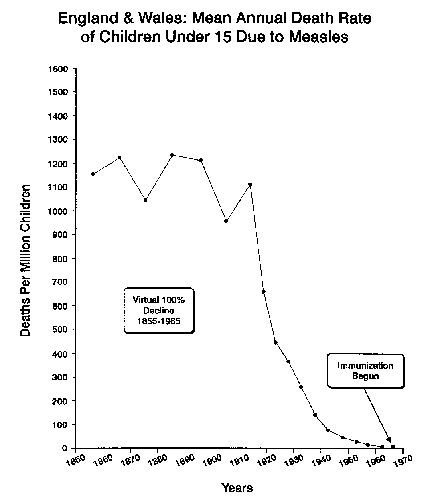
Table III--shows that in England and Wales the annual death rate of children (under age 15) from measles declined from over 1,100 per million in the mid-neneteenth century, to a level of virtually 0, by the mid 1960's.57
Table IV: Smallpox (England & Wales)
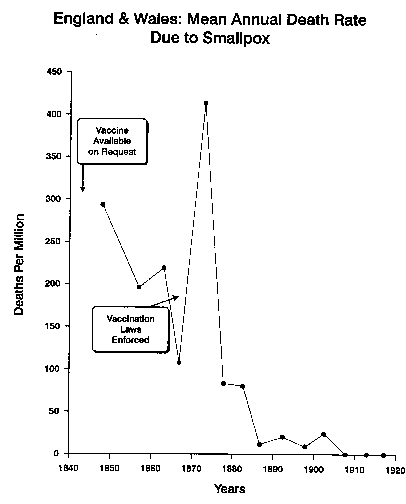
Table IV--reveals that in England and Wales there was a continuing decline in the annual death rate from smallpox, with a reduction in mortality of roughly 300 per million to virtually 0, taking place in the 60 year period following the middle of the last century. This table further illustrates that the progressive rate of decline was severely disrupted--with a roughly 275 percent increase in mortality from the disease--occurring immediately after smallpox vaccination laws were enforced.58
Table V: Infant Mortality Rate (Australia)
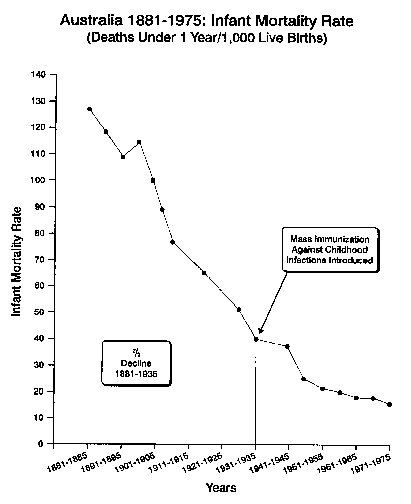
Table V--Indicates that in Australia, approximately two thirds of the total decline in
infant deaths from all childhood infectious diseases, in the period covering 1881 to 1971,
occurred before the introduction of mass immunization offorts.59
Table VI: Declining Death Rates (US)

Table VI--reveals that in the United States--without benefit of any vaccine--the tuberculosis mortality rate underwent a drop of roughly 96 percent in the first 60 years of this century; and that in a little short of the same time span (although the effectiveness of the vaccine has been seriously questioned by reputed scientists) mortality from typhoid vanished.60
Table Vll: Declining Death Rates (England)
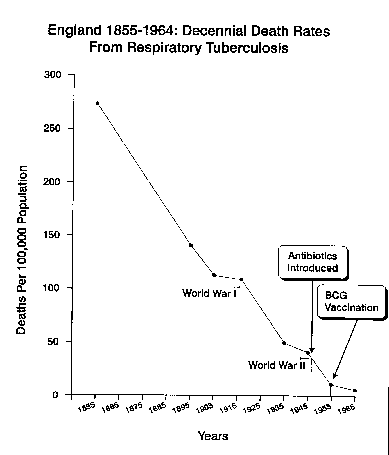
Table VII--shows that in England death rates from respiratory tuberculosis underwent a roughly 87 percent decline in the period beginning 1855 and ending in 1947, when antibiotics first came into wide use; and a further decline approximating 93 percent by 1953, preceedin the introduction of the BCG vaccine.61
Table Vlll: Number of Countries Reporting Smallpox
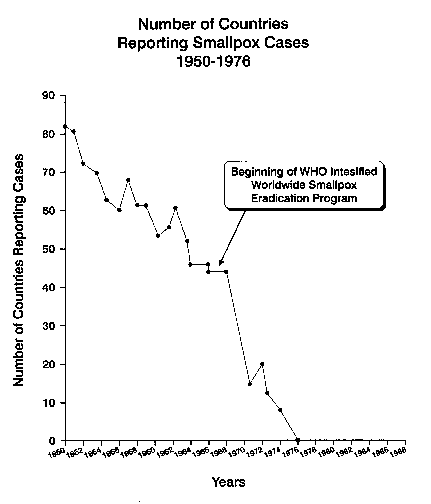
Table VIII--reveals, in the 17 year period preceeding the WHO Smallpox Eradication Program, a progressive drop to nearly one half, in the number of countries reporting smallpox morbidity.62
Table IX: Acute Rheumatic Fever Death Rates (Britain)
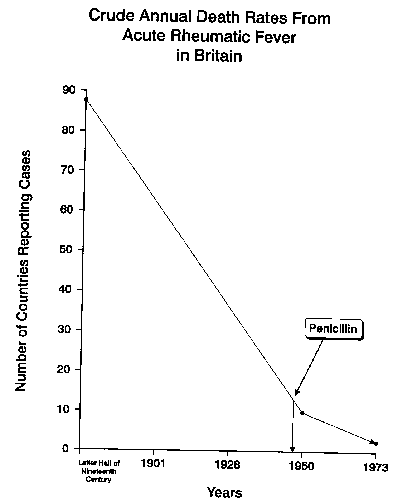
Table IX--indicates that in Britain, the annual death rate from rheumatic fever underwent
a decline approximating 86 percent in the period covering 1850 to 1946, before penicillin
had become available.63
Table X: Scarlet Fever Death Rate (England & Wales)
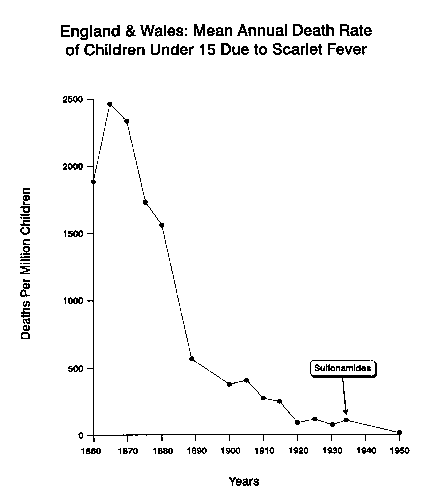
Table X--reveals that in the period of 1865 to 1935, before sulfonamides had become available in England and Wales, the annual death rate from scarlet fever declined by approximately 96 percent.64
Table XI: Diphtheria (Nigeria)
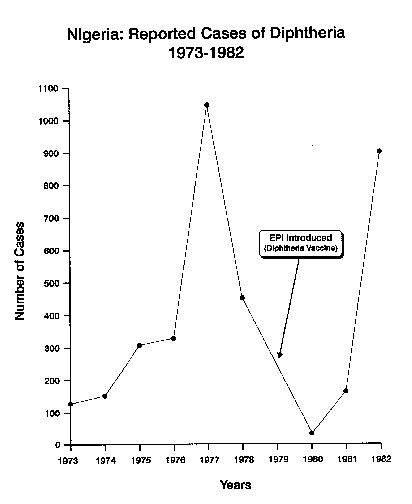
Table XI--shows that following a significant increase in the diptheria morbidity rate
which Peaked in 1977, the disease underwent two years of rapid natural decline--equivalent
to 73.5 percent--in the number of cases, with such decline occurring prior to the
immplementation of EPI in 1979. This decline pattern continued during implementation of
EPI to 1980, after which--by 1982--the incidence of diptheria exhibited a major increase
of nearly 30 fold.65
Table XII: Whooping Cough (Nigeria)

Table XII--shows that a significant increase in the whooping cough morbidity rate (1973 to 1974), was followed by a sharp natural decline from 1974 to 1975 equivalent to 91 percent. The very slight incline which followed up to 1979--when EPI was introduced--still posed an 86.5 percent lower morbidity level than in 1974. Post EPI data indicate a short lived slight decline, followed by an increase in morbidity of 34 percent over the ensuring two years.66
Table XIII: Poliomyelitis (Dominican Republic)
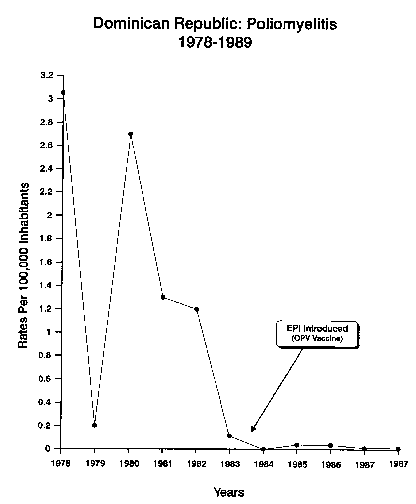
Table XIII--reveals that in the period of 1980 to mid 1983--before implementation of EPI
the poliomyelitis morbidity rate underwent a natural decline equivalent to 98.5 percent to
wheat is practically an eradication level of only 1 per million. EPI was followed by a
continuing natural decline to zero, however the incidence of poliomyelitis then underwent
a minor increase for two years, and gradually returned to a zero level in 1980.67
Table XIV: Measles (Dominican Republic)
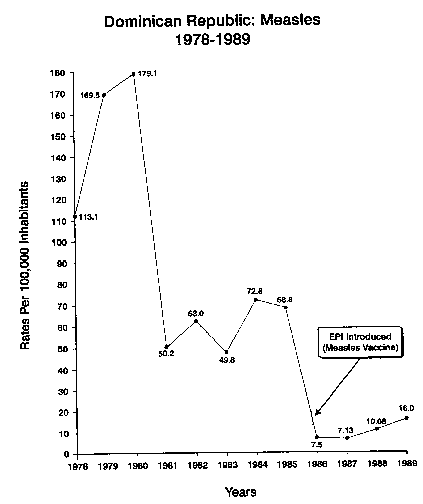
Table XIV--indicates that in the period of 1980 to late 1985--before implementation of EPI
the measles morbidity rate underwent a natural decline equivalent to 88 percent. Upon
introduction of EPI in late 1985, the natural decline continued for a brief period, halted
and then measles more than doubled from its 1986 and 1987 levels.68
Table XV: Diphtheria (Dominican Republic)
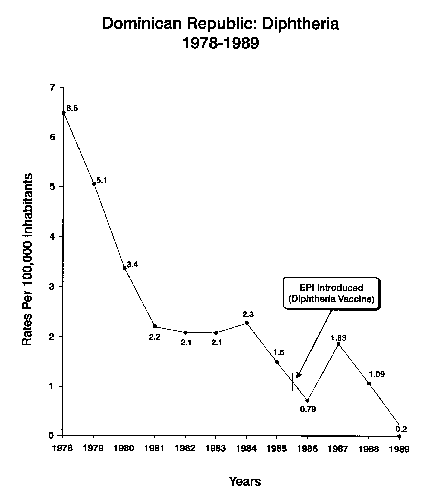
Table XV--shows that in the period of 1978 to mid 1985--before implementation of EPI--the
diptheria morbidity rate underwent a natural decline equivalent to 81.5 percent. Upon
introduction of EPI in mid 1985, the natural decline continued for a brief period, and
then by 1987 the diptheria case rate more than doubled from its 1986 level. The disease
than returned to its natural rate of decline, proceeding to a very low level in 1989.69
Table XVI: Pertussis (Dominican Republic)
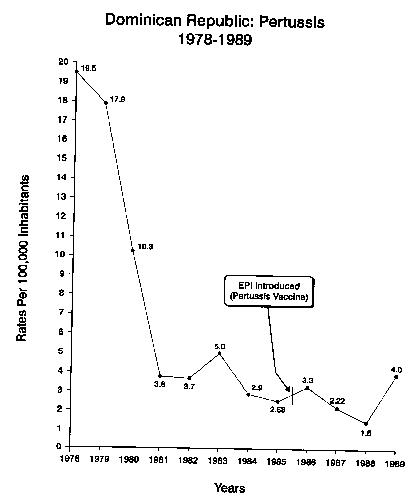
Table XVI--reveals that in the period of 1978 to mid 1985--before implementation of EPI the pertussis (whooping cough) morbidity rate underwent a natural decline equivalent to 84.5 percent. Upon introduction of EPI in mid 1985, there was a slight rise and then return to the earlier natural decline pattern reaching its lowest level by 1988. However, by 1989 the pertussis morbidity rate nearly tripled from its 1988 level.70
Table XVII: Tetanus (Dominican Republic)
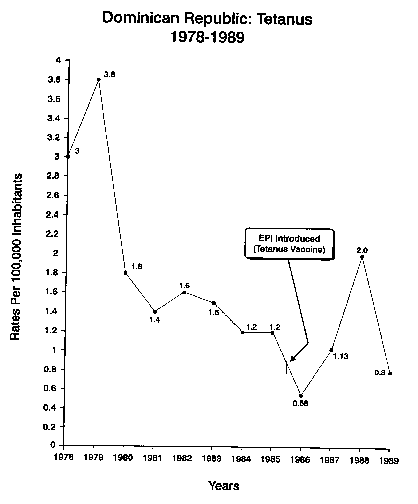
Table XVII--indicates that in the period of 1979 to mid 1985--before implementation of EPI
the tetanus morbidity rate underwent a natural decline equivalent to 74 percent. Upon
introduction of EPI in mid 1985, the natural rate of decline continued for a brief period
to 1986. However, by 1988 the incidence of tetanus had more than tripled from its 1986
level, and then by 1988 returned to its earlier natural decline pattern, reaching a level
in 1989 still higher than its 1986 level.71
Table XVIII: Neonatal Tetanus (Dominican Republic)

Table XVIII--shows that in the period of 1978 to the end of 1985--before
the implementation of EPI (tetanus toxoid for expectant mothers)--the neonatal tetanus
morbidity rate underwent a natural decline equivalent to 98.5 percent. Upon introduction
of EPI in late 1985, the natural rate of decline continued for a brief period to 1987.
However by 1988 the incidence of neonatal tetanus had increased by nearly five fold over
its 1987 rate, and then by 1989 declined to a level still higher than it was in 1986.72
Source : Obomsawin, Ph.D, Raymond